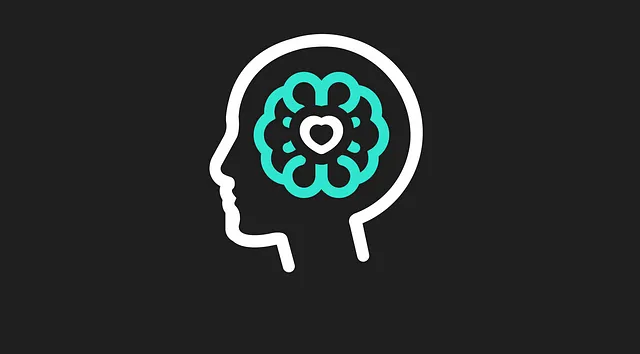Inclusive Design’s next wave breaks for mental health
Inclusive Design’s next wave breaks for mental health
Mar 7, 2024
#Mental Health
#Inclusive Design
Microsoft designers and researchers broke new ground in 2015 when we launched the Inclusive Design Toolkit. As a first of its kind, the toolkit mobilized teams across the industry.



Microsoft designers and researchers broke new ground in 2015 when we launched the Inclusive Design Toolkit. As a first of its kind, the toolkit mobilized teams across the industry.
Microsoft designers and researchers broke new ground in 2015 when we launched the Inclusive Design Toolkit. As a first of its kind, the toolkit mobilized teams across the industry. Huge strides were made in creating accessible and usable products for people with different physical abilities, such as mobility, speech, hearing, or vision.
Still missing from the disability landscape, however, is something that impacts one in four people globally: mental health conditions. Mental health conditions rose 25% since the pandemic and employee stress levels are at a record-breaking 44% worldwide. That’s why we’re excited to share our Mental Health Toolkit, an extension of the Cognitive Inclusion Toolkit. Microsoft launched the cognition toolkit last year, which leverages research about how our brains work to create inclusive design product guidance. The first step is to always recognize a person’s motivation, identify cognitive demands, and design with individuals across the cognitive and emotional spectrum.
Microsoft designers and researchers broke new ground in 2015 when we launched the Inclusive Design Toolkit. As a first of its kind, the toolkit mobilized teams across the industry.
Microsoft designers and researchers broke new ground in 2015 when we launched the Inclusive Design Toolkit. As a first of its kind, the toolkit mobilized teams across the industry. Huge strides were made in creating accessible and usable products for people with different physical abilities, such as mobility, speech, hearing, or vision.
Still missing from the disability landscape, however, is something that impacts one in four people globally: mental health conditions. Mental health conditions rose 25% since the pandemic and employee stress levels are at a record-breaking 44% worldwide. That’s why we’re excited to share our Mental Health Toolkit, an extension of the Cognitive Inclusion Toolkit. Microsoft launched the cognition toolkit last year, which leverages research about how our brains work to create inclusive design product guidance. The first step is to always recognize a person’s motivation, identify cognitive demands, and design with individuals across the cognitive and emotional spectrum.
Microsoft designers and researchers broke new ground in 2015 when we launched the Inclusive Design Toolkit. As a first of its kind, the toolkit mobilized teams across the industry.
Microsoft designers and researchers broke new ground in 2015 when we launched the Inclusive Design Toolkit. As a first of its kind, the toolkit mobilized teams across the industry. Huge strides were made in creating accessible and usable products for people with different physical abilities, such as mobility, speech, hearing, or vision.
Still missing from the disability landscape, however, is something that impacts one in four people globally: mental health conditions. Mental health conditions rose 25% since the pandemic and employee stress levels are at a record-breaking 44% worldwide. That’s why we’re excited to share our Mental Health Toolkit, an extension of the Cognitive Inclusion Toolkit. Microsoft launched the cognition toolkit last year, which leverages research about how our brains work to create inclusive design product guidance. The first step is to always recognize a person’s motivation, identify cognitive demands, and design with individuals across the cognitive and emotional spectrum.